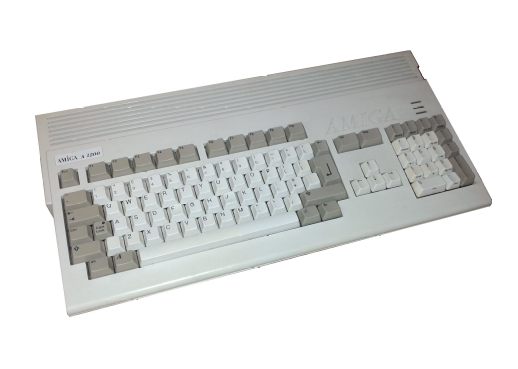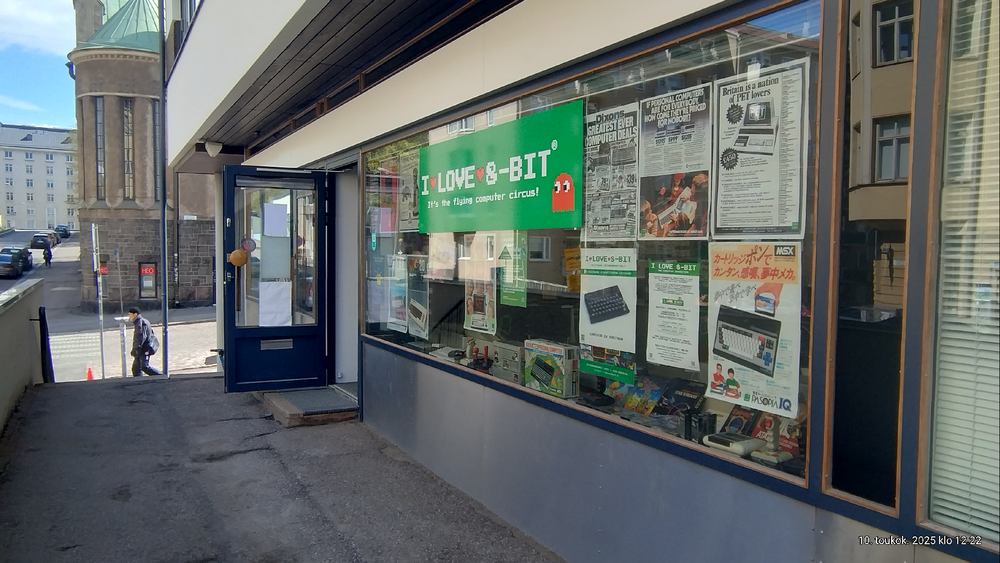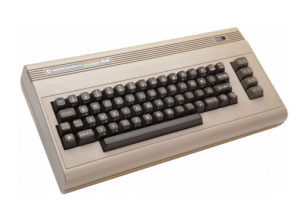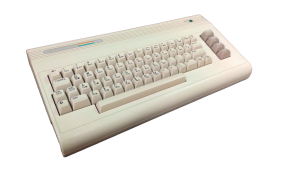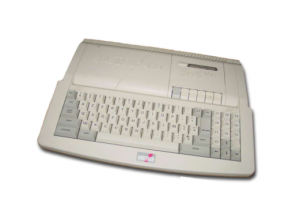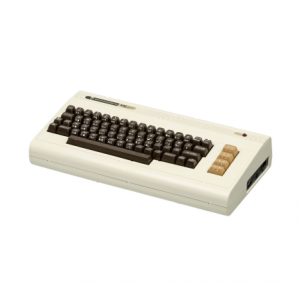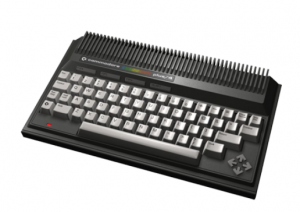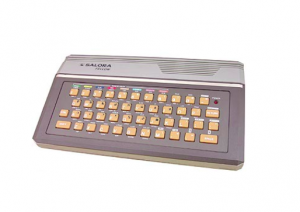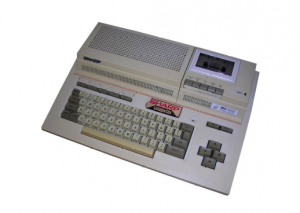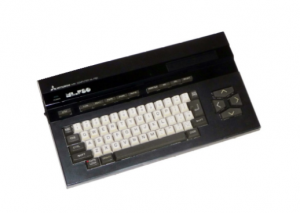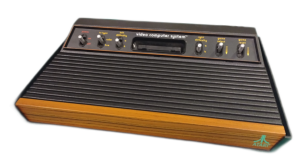The Last effort
in Commodore’s Legendary Computer Journey
The Commodore Amiga A1200, launched in October 1992, represented both the technological culmination of the original Amiga line and the beginning of its decline. Designed as a successor to the popular Amiga 500 and 600 models, the A1200 sought to modernize the Amiga platform for a new generation of users amidst rapidly evolving competition. Featuring advanced graphics, sound, and processing capabilities, it remained a beloved machine among enthusiasts, even as the broader computing market moved in new directions. The Amiga A1200 was built around the Motorola 68EC020 processor, a 32-bit CPU running at 14 MHz. This was a significant upgrade from the Motorola 68000 processor found in earlier Amiga models like the A500. The 68EC020 delivered greater computing power and a wider address bus, allowing for the management of larger memory spaces and more advanced operations.
One of the A1200’s headline features was its Advanced Graphics Architecture (AGA) chipset. This marked the final evolution of Amiga’s custom chipset technology, capable of displaying up to 16.8 million colors (with 256 colors on-screen in standard modes and 262,144 in HAM-8 mode). The AGA chipset also improved the handling of sprites and scrolling, which had long been strengths of the Amiga platform. Out of the box, the A1200 included 2 MB of Chip RAM (shared memory between the CPU and graphics subsystem), expandable through additional Fast RAM upgrades. Storage was provided via a built-in 3.5-inch floppy disk drive, but users could install an internal 2.5-inch IDE hard drive — a notable advancement compared to earlier Amiga models which required external hard drives. Physically, the A1200 retained the all-in-one keyboard form factor popularized by the Amiga 500. Its white plastic casing housed both the motherboard and keyboard, making it compact and practical for home use.
Release and Market Positioning
Commodore released the Amiga A1200 in October 1992, pricing it competitively against both IBM PC clones and home gaming consoles. However, the A1200 arrived during a turbulent period in Commodore’s history. The company was facing financial difficulties, and the broader personal computer market was shifting toward PC compatibles running MS-DOS and Windows. Despite these challenges, the A1200 was initially well-received, particularly in Europe, where the Amiga platform had traditionally enjoyed stronger market presence than in the United States. The A1200 was intended to appeal to both existing Amiga fans and new users looking for a powerful multimedia-capable computer at an affordable price. Few hundred thousands units of the Amiga A1200 were sold worldwide during its commercial lifespan. This figure, while respectable, was considerably lower than sales figures for earlier models like the Amiga 500, which sold approximately five million units. Commodore’s financial instability and the shift in consumer preferences toward IBM-compatible PCs heavily impacted the A1200’s potential market penetration.
The Amiga A1200 was designed as both a home computer and a multimedia workstation. Many users used it for gaming, enjoying its advanced graphics and sound capabilities. Popular game genres on the A1200 included platformers, strategy games, and simulations, with titles such as “Alien Breed,” “Sensible Soccer,” and “Worms” making full use of the hardware. However, the A1200 was also a competent productivity machine. It was used for digital art, music production, desktop publishing, and video titling. Programs like Deluxe Paint IV AGA, OctaMED, and Scala Multimedia helped creative users unlock the potential of the A1200. The inclusion of an IDE hard drive option made it easier to manage larger files and more complex projects compared to floppy-based systems.
Upon release, the Amiga A1200 garnered positive reviews from the computing press. Critics praised the system’s AGA graphics, noting the significant improvements over the earlier ECS chipset. Publications like Amiga Format, CU Amiga, and Amiga Power praised the machine as a cost-effective multimedia platform. However, some criticism was leveled at Commodore for not going far enough in modernizing the platform. Reviewers noted that while the AGA chipset was a step forward, it failed to match the groundbreaking leap that the original Amiga 1000 had represented in 1985. Competitors in the PC market were beginning to adopt SVGA graphics cards capable of higher resolutions and color depths, and the A1200’s 14 MHz processor felt underpowered against increasingly common 486 and early Pentium Pcs.
The End of Commodore and the A1200’s Legacy
By 1992, the A1200 faced stiff competition from several fronts. In the gaming space, the rise of 16-bit consoles like the Super Nintendo and Sega Mega Drive (Genesis) eroded the Amiga’s position as the home gaming system of choice. These consoles offered dedicated gaming hardware, large libraries of high-quality titles, and aggressive marketing. In the personal computing sector, IBM-compatible PCs running DOS and Windows 3.1 dominated the professional and home office markets. PCs were becoming more affordable, and their modular, open architecture allowed for continual hardware upgrades — something the Amiga platform struggled to match. Apple’s Macintosh computers also competed for the creative professional market, with their strong desktop publishing software and widespread adoption in educational environments. Despite the A1200’s technical merits, Commodore’s declining financial health sealed its fate. In April 1994, just under two years after the A1200’s launch, Commodore International filed for bankruptcy. Production of the A1200 ceased shortly thereafter, although existing stock continued to be sold for some time. Following Commodore’s collapse, the Amiga brand passed through multiple owners, including Escom, Gateway 2000, and later various smaller firms attempting to revive the platform. Escom briefly re-released the A1200 in 1995, but with limited success due to high pricing and outdated hardware.
Today, the Amiga A1200 enjoys a cult following. Retro computing enthusiasts continue to restore, modify, and upgrade their A1200s. Modern expansions, including accelerator cards, CompactFlash storage adapters, HDMI video output solutions, and even network interfaces, allow A1200s to operate in today’s digital landscape. The A1200 is remembered as the last major traditional Amiga model before Commodore’s demise — a machine that, while not revolutionary, embodied the strengths of the Amiga platform: multimedia excellence, creative flexibility, and a passionate user base.
